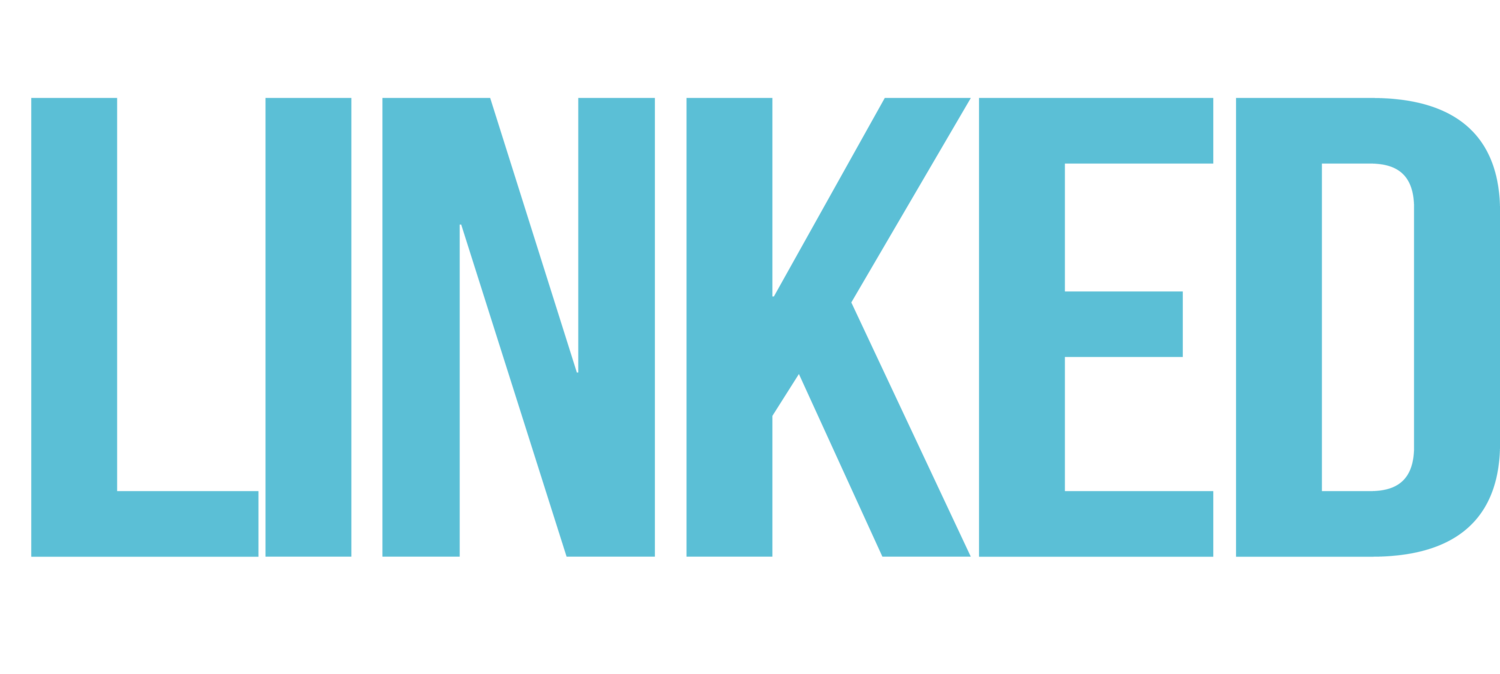There have been a number of eye-catching headlines about the 2017 health insurance premium rates increasing, but there have also been many unanswered questions leaving people wondering about what is really going on – or if it applies to them.
First, the insurance rate increase applies strictly to the individual market. Those who are not covered through employer-sponsored insurance plans will experience this increase. Additionally, if your insurance coverage is part of a small group rate, you may experience an increase, but it will be far less than the increase making the headlines. You will be an exception to this increase if you receive coverage through an employer-sponsored plan, Medicare, Medicaid, the Children’s Health Insurance Program, or other government-funded healthcare programs.
Approximately 5.6 percent of the U.S. population (18.2 million people), are part of the individual market, according to the Affordable Care Act Signups website as of September 3, 2016. That means more than 94 percent of Americans will not be experiencing a rate increase in their insurance premium in 2017.
As of late July this year, the result on average was predicted to be an increase of 23 percent, but the rate change in each state had not yet been finalized. The change in rates had to be finalized by November 1 so providers could November 1 so providers could fy carriers about the possible rate increase of their plan. Charles Gaba with Affordable Care Act Signups has been monitoring each carrier in the marketplace for the changes in rates for 2017.
Second, the state of Oklahoma along with Missouri, Texas and Wyoming, was left in the hands of the federal government to decide the rate review and change process. According to HealthCare.gov, the Affordable Care Act requires that insurance providers planning to significantly increase plan premiums, with a threshold of at least 10 percent, must submit their rates to the state or federal government to review. The minimum federal requirement for the rate review process is for regulators to examine the proposed rates and determine whether the rates are justifiable based on supporting documents.
Blue Cross Blue Shield of Oklahoma is now the only insurance provider within the state of Oklahoma. It has served the state for 76 years, and will continue to serve each county in Oklahoma. Blue Cross Blue Shield states in a letter to KFOR, “Since the 2014 implementation of the Affordable Care Act, Blue Cross Blue Shield’s combined losses are more than $300 million.”
The losses experienced by insurance providers is what has caused certain providers to pull their individual plans that were once offered. Thus Oklahoma, like many other states, now has only one insurance provider.
Third, subsidies will offer a form of relief to the substantial rate increase. What does that mean exactly? Premium subsidies will offset a significant amount of the rate increase, due to the fact that it is the cornerstone of the Affordable Care Act. So, if a person was not able to qualify for subsidies in 2016, that person may be able to receive subsidies in 2017.
By the end of March 2016, nationwide more than 11 million people were enrolled in coverage through the exchange program. Approximately 85 percent of those 11 million people received subsidies. In Oklahoma, 86 percent of Oklahomans who have Blue Cross Blue Shield individual plans received subsidies in 2016. It’s predicted that approximately 20 percent of Blue Cross Blue Shield members will experience an increase through individual plans.
In need of some good news? In 2017, people who did not receive subsidies before, may have a chance to receive them. The Affordable Care Act subsidies will help cover majority of the costs of the rate increase.
Lastly, but most importantly, if you are a part of, or are considering joining the health exchange program, the deadline to update your information and to select your coverage option for 2017 is December 15, 2016 at HealthCare.gov. People who join after the deadline will still be able to receive coverage, but not until February unless special permissions are applied by the exchange program.
As of late July this year, the result on average was predicted to be an increase of 23 percent, but the rate change in each state had not yet been finalized. The change in rates had to be finalized by November 1 so providers could notify carriers about the possible rate increase of their plan. Charles Gaba with Affordable Care Act Signups has been monitoring each carrier in the marketplace for the changes in rates for 2017.

